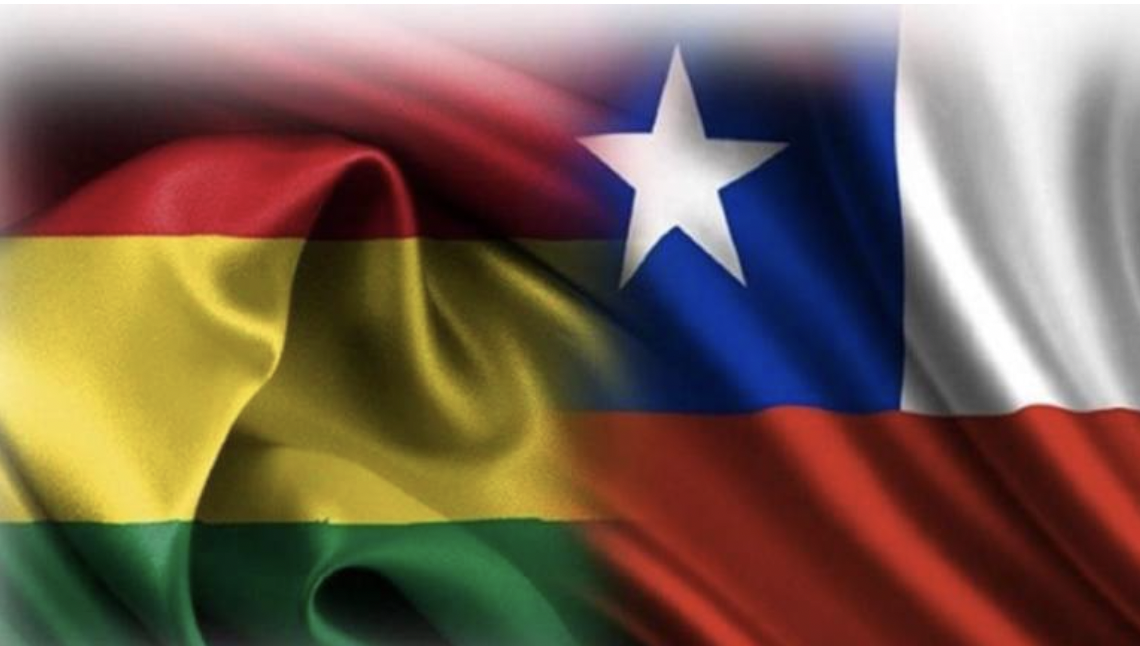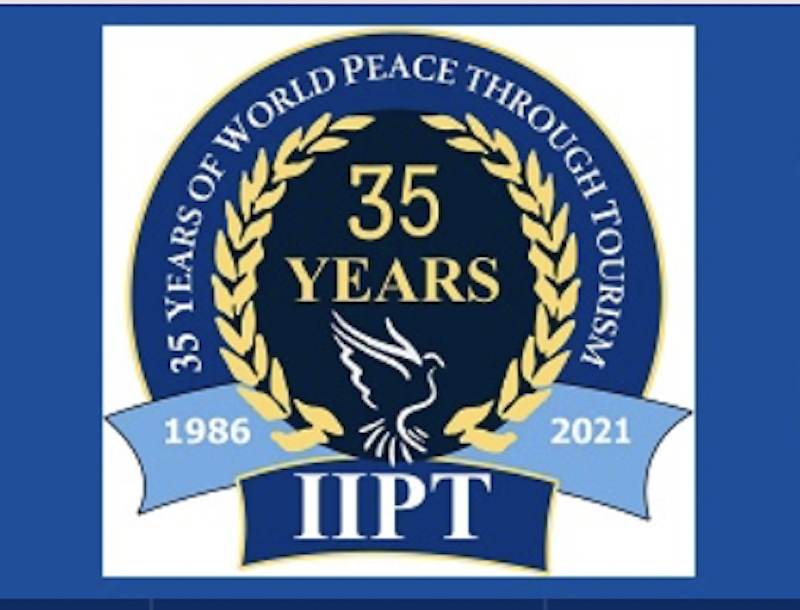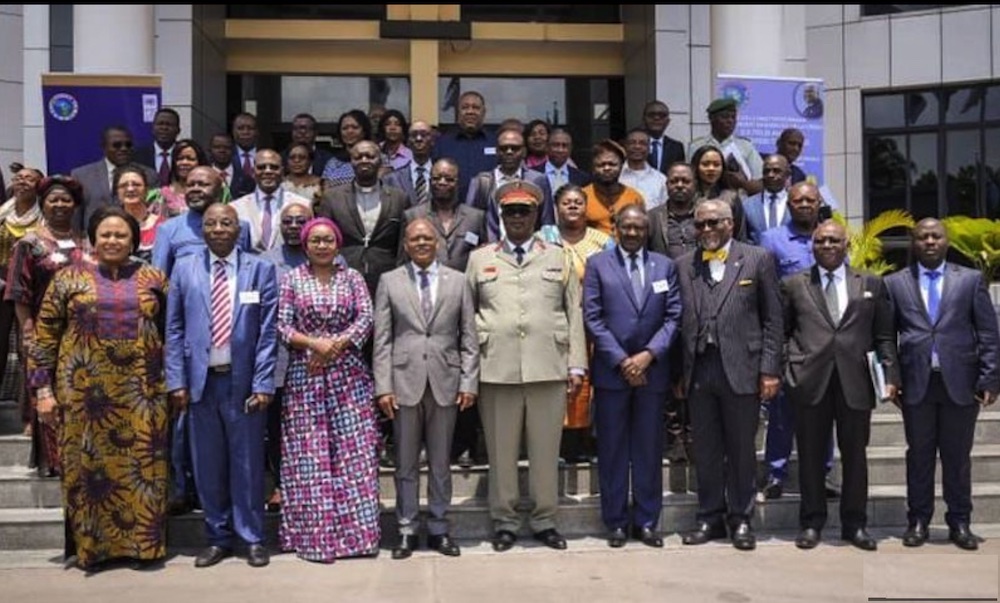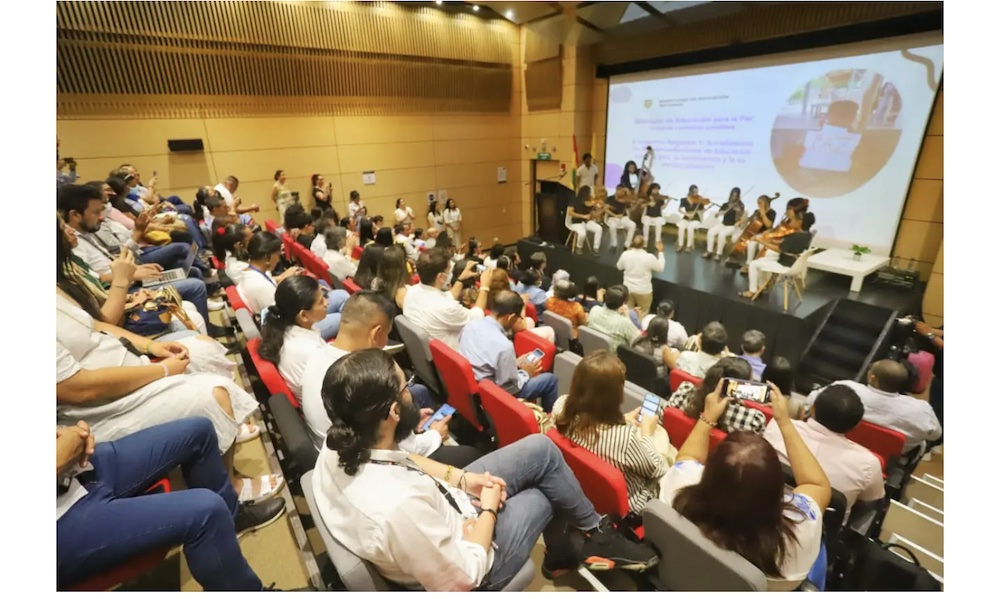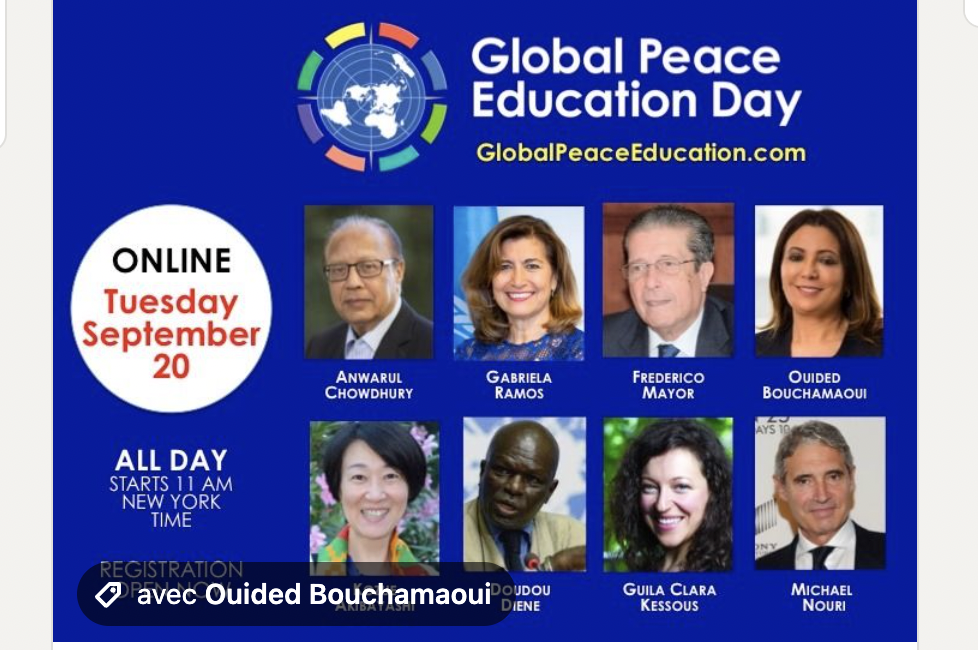TOLERANCE & SOLIDARITY .
An article from Inform Kazakhstan
Last week,(October 13 and 14), Kazakh capital Astana was drawing attention with several top-level forums and high-profile visits, reaffirming Kazakhstan’s role as a responsible player in international affairs.
The sixth summit of the Conference on Interaction and Confidence Building Measures in Asia (CICA), a meeting of heads of the Commonwealth of Independent States, and the Central Asia – Russia summit are just among a few major events happening in Astana last week. More about the key takeaways from the summits is in the latest article of Kazinform.
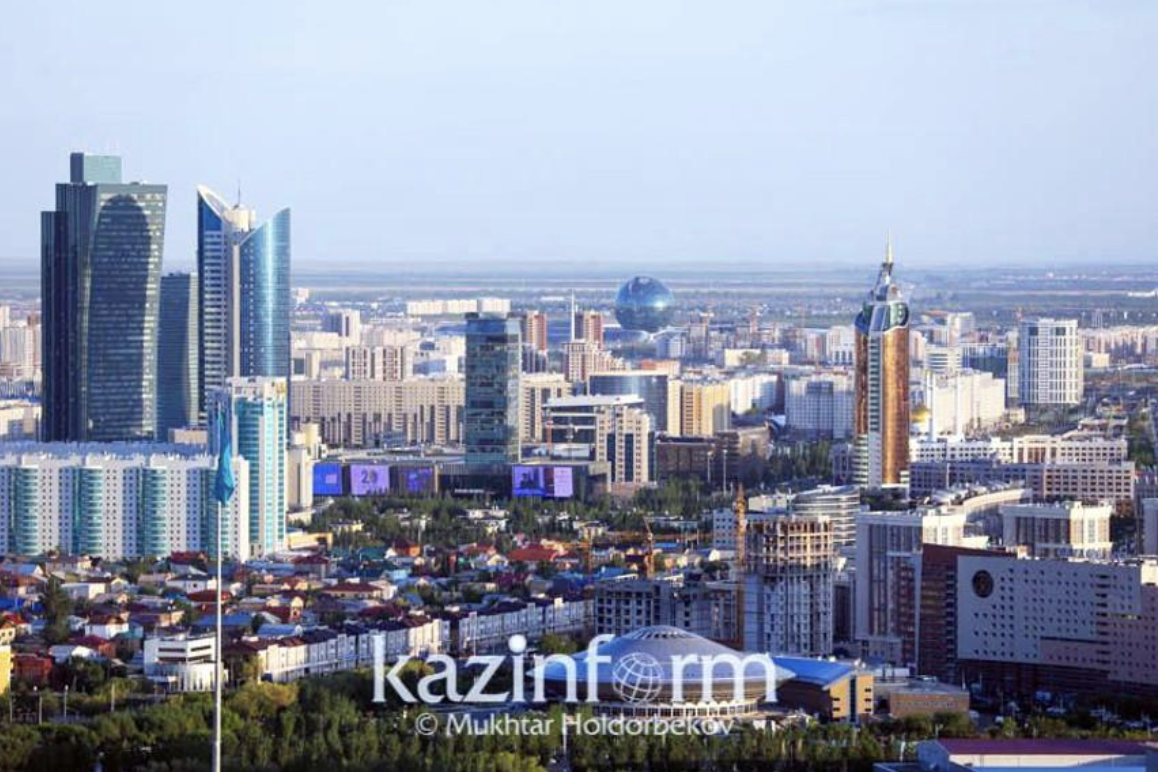
Security and stability were key messages across many statements delivered at the summit. The need for increased cooperation, at a time when distrust and confrontations are prevailing, was also raised by delegations.
CICA
CICA, a multilateral forum for peace and security in Asia, is Kazakhstan’s initiative back in 1992. Addressing the plenary session of the sixth summit on October 13, President Kassym-Jomart Tokayev highlighted the growing importance of Asia in the world and its enormous resources, saying the 21st century is becoming a century of Asia, as predicted by international experts.
11 heads of state, including Azerbaijan, Iran, Kyrgyzstan, Palestine, Tajikistan, Russia, Türkiye, and Uzbekistan, and at least 50 delegations attending the summit had a chance to voice their individual concerns and engage in productive discussions behind the doors.
«Today CICA has 28 member states in Asia. Considering Kuwait, which joined at the Astana Summit, the organization covers 90 percent of the countries of the Asian continent. The positive and progressive dynamics in the development and expansion of CICA prove the relevance of the ideas laid down in the founding of the organization,» said Yersultan Zhanseitov, an expert at the Institute of World Economics and Politics, in an interview for this story.
According to him, basic principles on which CICA has been founded make it attractive to new members.
«Consensus decision-making, that is, the interests of absolutely every member of the organization must be considered. Voluntariness of implementation of trust measures. In recent years, CICA has significantly increased its recognition in the international arena due to the demand for and active use by its member states of CICA as a platform for multilateral political dialogue, practical international cooperation on security issues, in combating new challenges and threats, economic cooperation, environmental protection, humanitarian sphere, including the development of intercultural youth relations,» said the expert.
In fact, some of these areas will be the focus of Kazakhstan’s renewed chairpersonship at CICA for 2022-2024. Kassym-Jomart Tokayev outlined the important directions for the development of the organization – economic dimension, cooperation in finance, environmental dimension, food security, and human-centered approach.
«Overall, it should be noted that the relevance of CICA in the modern world will continue to grow With the rapid degradation of the former architecture of international relations and the growth of confrontation and blocs, the international community is in dire need of a new system of relations, which would offer common and equal rules of conduct for all. The CICA format is unique in that it manages to bring representatives of countries with fundamental and irreconcilable differences to the negotiating table,» said Zhanseitov.
Commenting on the outcomes of the CICA summit in Astana during a press briefing on October 17, CICA Secretary-General Kairat Sarybay said the number of countries interested in CICA is growing.
«Last year, Turkmenistan was granted observer status. On the eve of the summit, CICA and the Eurasian Economic Union signed a memorandum of mutual partnership. The network of family and international relations of CICA grows, which is also one of the priorities of the presidency,» Sarybay said at a press briefing on October 17.
CICA summit adopted the Astana Statement that kicked off the transformation of CICA from a conference into a full-fledged organization.
«This means that a structured, inclusive, and open negotiation process of gradual and consensual transformation of CICA into a full-fledged regional international organization has begun. By the way, President Tokayev has always spoken about this. The current features of CICA resemble an international organization. After all, there are governing bodies, executive authorities, and structures,« said Sarybay.
CIS summit
The next day after CICA, on October 14, Astana also hosted a summit of heads of state from the Commonwealth of Independent States (CIS). With all leaders being physically present at the summit, one of the rare moments since the pandemic began, they focused on partnership in security and humanitarian spheres.
Addressing the meeting held behind the doors in a narrow format, Tokayev briefed the leaders on the main results of the multifaceted work that Kazakhstan carried out in 2022 as a chair of CIS.
(Continued in right column)
Question related to this article:
Solidarity across national borders, What are some good examples?
(Continued from left column)
According to him, the priorities of Kazakhstan’s presidency in CIS in 2022 sought to consolidate the efforts of member states considering the current processes of global development. «Through joint work, several important initiatives aimed at expanding trade and economic cooperation, maintaining our close cultural and humanitarian ties, as well as increasing the potential and international prestige of the commonwealth were implemented. In the difficult geo-economic conditions, special attention was paid to strengthening the economic potential of the commonwealth and, above all, to implement the provisions of the CIS Economic Development Strategy until 2030,» said Tokayev.
At the enlarged meeting, Tokayev said the meeting was productive where leaders had a chance to exchange opinions on the most urgent issues.
«There was a collective desire to address these problems. Proposals from all heads of state were aimed at fully fostering bilateral and multilateral dialogue, including addressing existing conflicts on CIS space,» said Sergei Lebedev, CIS Executive Secretary. «Because we are neighbors, we must live in peace and friendship and make every effort for this to remain like this.»
Chairpersonship at CIS will go to Kyrgyzstan next year. Addressing the meeting, Kyrgyz President Sadyr Japarov outlined his country’s priorities in the development of CIS. The priority tasks will include climate change, saying environmental and ecological issues are directly connected with security and sustainable development, direct efforts to support and develop partnership cooperation between CIS countries in transport, communications, migration policy, culture, and humanitarian sector, Kyrgyzstan will also seek to strengthen inter-parliamentary cooperation of the CIS member states.
Commenting on the outcomes of the meeting, political expert Aidar Amrebayev said security issues are most acute and sensitive in CIS space.
IWEP expert Zhumabek Sarabekov said economic issues were of equal priority for the summit participants.
«These issues are very urgent. Obviously, statements made at the session that was open follow some protocols, and sensitive topics are unlikely to be voiced. But at the same time, there are such issues. For example, the Russian economy is expected to contract by 5 percent by the end of the year, and next year, a recession is expected. The same in Belarus and Kyrgyzstan,» said the expert in an interview with a local TV channel. The economic slowdown will inevitably affect other members and rising inflation is the most obvious consequence.
«Disruption of logistical chains exacerbates the problem of inflation ad it will hit the lives of ordinary people,» he added.
Central Asia – Russia summit
At Central Asia – Russia summit the same day in Astana, President of Kazakhstan Kassym-Jomart Tokayev, President of Kyrgyzstan Sadyr Japarov, President of Tajikistan Emomali Rahmon, President of Turkmenistan Serdar Berdimuhamedov, President of Uzbekistan Shavkat Mirziyoyev, and President of Russia Vladimir Putin offered their vision of how cooperation between Central Asia and Russia should unfold.
Tokayev focused on security and stability, including unresolved border issues, and stressed the need to boost trade.
»At the current difficult stage of world history, it is more important than ever for us to have a clear and positive image of the future. I would like to present my vision of our future cooperation in the context of the following key areas. The first is security. Our countries are destined to be together. We must protect our shared history and create a unified future for the well-being of our people. The stability and security of each of our countries have a direct influence on the development of the region,» he said at the summit.
He also said the trade between Central Asian countries grew by 34 percent, exceeding $6 billion.
«It is important to remove trade barriers and avoid protectionist measures. We need to intensify efforts to develop intraregional trade. It is advisable to focus on improving the structure of trade turnover and expanding its nomenclature. At present, with the development of our industries, we can substitute many types of foreign products for each other on a mutually beneficial basis. Analysis of export-import operations shows ample opportunities in this direction,« said Tokayev.
Instability in Afghanistan was also raised by leaders, as a destabilizing factor for the region. They stressed the importance of peace-led talks in Afghanistan and the country’s involvement in infrastructure projects to rebuild its economy.
Putin commended the trade dynamics. «Overall, Russia’s interaction with the Central Asian Five is very satisfactory. In the past five years, Russia’s trade with these countries has doubled to reach US$37.1 billion. In the first six months, our trade increased by another 16 percent. It reached US$37 billion in five years and grew by 16 percent in the first half of the year alone. Russia is the leading investor in the Central Asian economies. Overall, our direct investment is about US$5 billion,» he told the meeting.
He noted new opportunities in such areas as expanding oil transportation routes, joint development of energy reserves in the Caspian Sea, providing affordable and clean natural gas vehicle fuel, building, or expanding pipelines, and increasing the sale and shipping of coal to Asian markets.
This very intense top-level week shows the diplomatic activism of Kazakhstan. It is not a new phenomenon for the country, which has for years built a solid multi-vector policy. Located at the crossroads between Europe and Asia, Kazakhstan’s policy of openness has been firm since it gained independence in 1991 but becomes ever more important in a challenging geopolitical environment as it is now.
